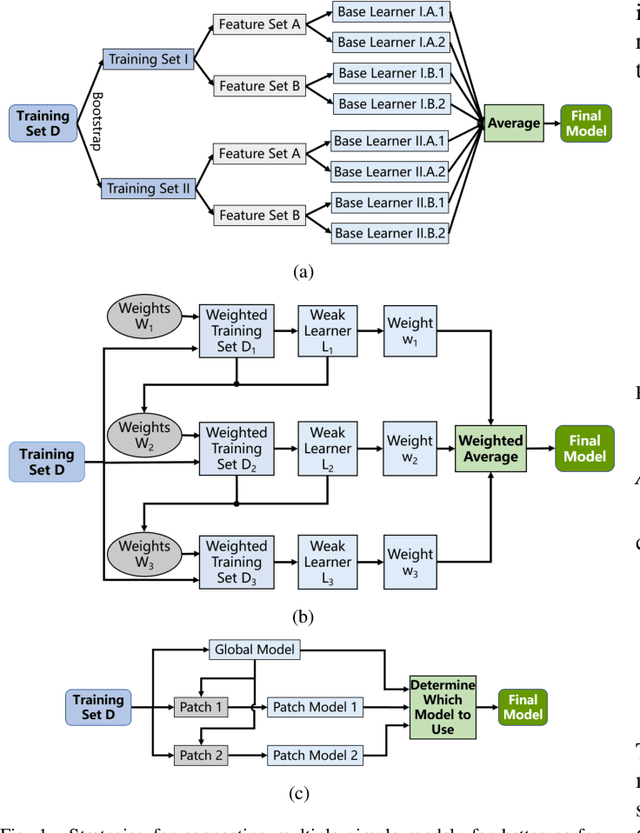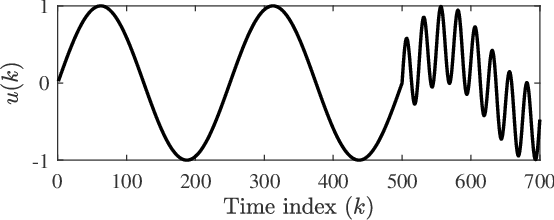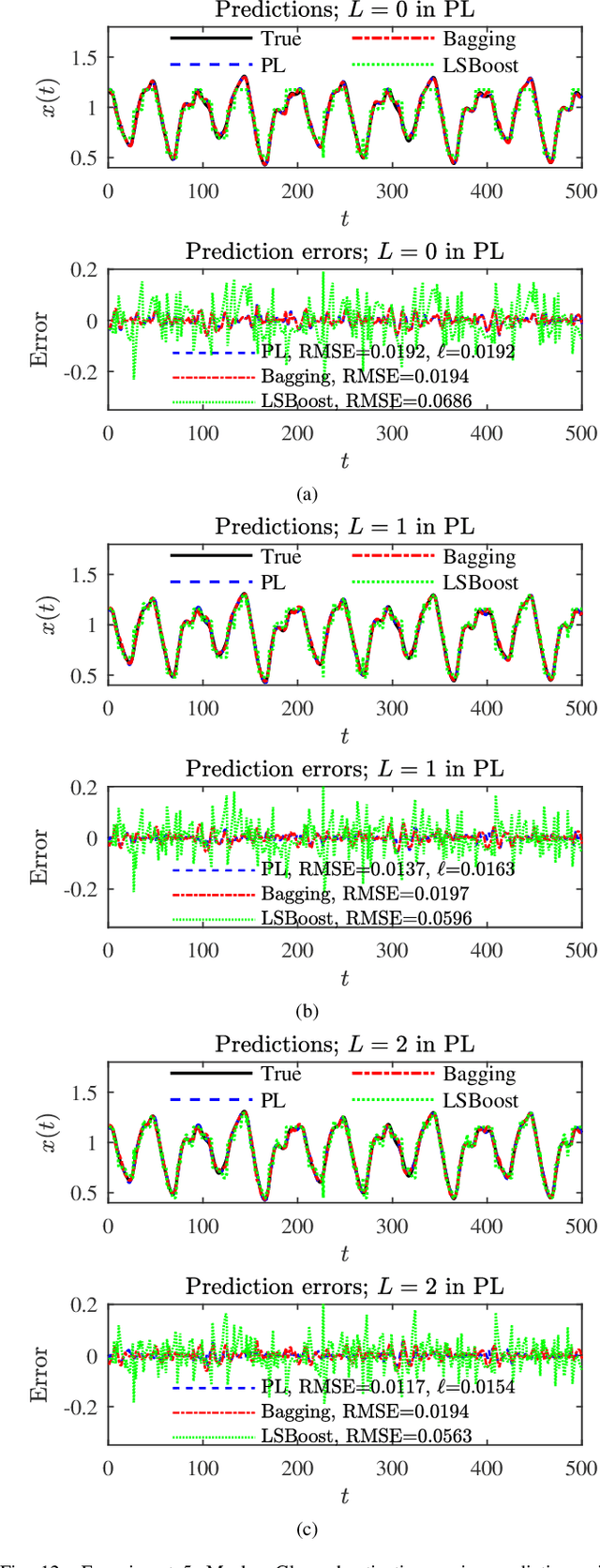Jerry M. Mendel
Multimodal Transformer for Parallel Concatenated Variational Autoencoders
Oct 28, 2022Abstract:In this paper, we propose a multimodal transformer using parallel concatenated architecture. Instead of using patches, we use column stripes for images in R, G, B channels as the transformer input. The column stripes keep the spatial relations of original image. We incorporate the multimodal transformer with variational autoencoder for synthetic cross-modal data generation. The multimodal transformer is designed using multiple compression matrices, and it serves as encoders for Parallel Concatenated Variational AutoEncoders (PC-VAE). The PC-VAE consists of multiple encoders, one latent space, and two decoders. The encoders are based on random Gaussian matrices and don't need any training. We propose a new loss function based on the interaction information from partial information decomposition. The interaction information evaluates the input cross-modal information and decoder output. The PC-VAE are trained via minimizing the loss function. Experiments are performed to validate the proposed multimodal transformer for PC-VAE.
Patch Learning
Jun 01, 2019



Abstract:There have been different strategies to improve the performance of a machine learning model, e.g., increasing the depth, width, and/or nonlinearity of the model, and using ensemble learning to aggregate multiple base/weak learners in parallel or in series. This paper proposes a novel strategy called patch learning (PL) for this problem. It consists of three steps: 1) train an initial global model using all training data; 2) identify from the initial global model the patches which contribute the most to the learning error, and train a (local) patch model for each such patch; and, 3) update the global model using training data that do not fall into any patch. To use a PL model, we first determine if the input falls into any patch. If yes, then the corresponding patch model is used to compute the output. Otherwise, the global model is used. We explain in detail how PL can be implemented using fuzzy systems. Five regression problems on 1D/2D/3D curve fitting, nonlinear system identification, and chaotic time-series prediction, verified its effectiveness. To our knowledge, the PL idea has not appeared in the literature before, and it opens up a promising new line of research in machine learning.
 Add to Chrome
Add to Chrome Add to Firefox
Add to Firefox Add to Edge
Add to Edge